Discover 11 hidden attractions, cool sights, and unusual things to do in Mosbach (Germany). Don't miss out on these must-see attractions: Schloss Mosbach, Kiwwelschisser-Brunnen, and Collegiate Church. Also, be sure to include Tempelhaus in your itinerary.
Below, you can find the list of the most amazing places you should visit in Mosbach (Baden-Württemberg).
Table of Contents
Schloss Mosbach

Schloss Mosbach is a castle in Mosbach, Neckar-Odenwald district, Baden-Württemberg, Germany, dating back to the 14th century.[1]
Kiwwelschisser-Brunnen
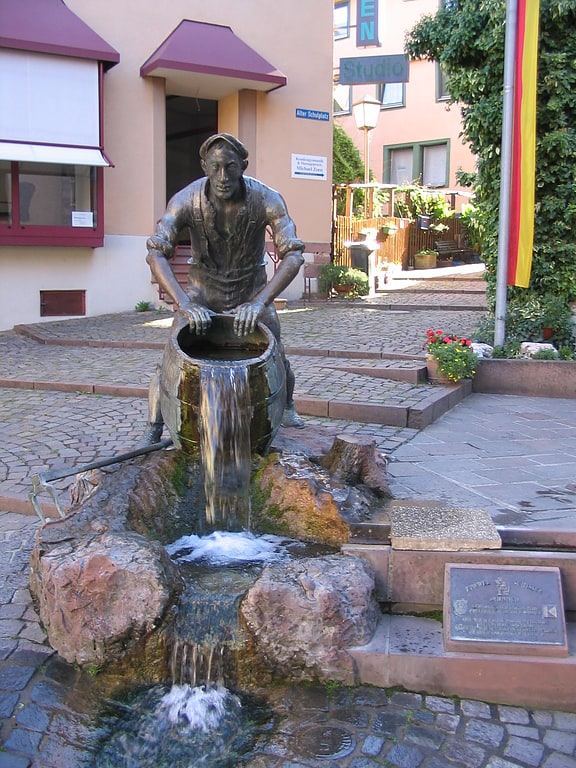
Fountain
Address: Alter Schulpl. 11, 74821 Mosbach
Collegiate Church

Also known as: Stiftskirche St. Juliana
Monastery in Mosbach, Germany. Mosbach Abbey was a Benedictine monastery, later a monastery of Augustinian Canons, in the town of Mosbach in the Odenwald, Baden-Württemberg, Germany.
As part of the systematic Carolingian Christianisation of this part of Germany, a number of monasteries were set up, covering between them the whole region of the Odenwald: Amorbach, Lorsch and Fulda, all founded in the 8th century, and Mosbach, the southernmost and least documented. It is first mentioned in a reference in the records of Reichenau Abbey in 825, but in the context of the other monastic foundations in the Odenwald, it seems likely that it was also founded in the previous century. The next record of it is in 976, when Emperor Otto II granted it to Worms Cathedral chapter as a private episcopal monastery. In about 1000, it was changed from a Benedictine house to one of canons regular. In 1268 however the abbey regained its independence with the re-grant of the right to elect its own abbots.
In 1308 the present Saint Juliana's church was built to replace the earlier abbey church. In 1556 in the course of the Reformation the Elector Palatine Otto-Heinrich abolished Roman Catholic services and made the abbey church the town's Protestant parish church. The former Catholic parish church of Saint Cecilia's was thus rendered superfluous and was demolished. Otto-Heinrich dissolved the abbey itself in 1564, of which virtually nothing remains except the church.
During the course of the 17th century the need for a Catholic church re-emerged, however, and in 1708 Saint Juliana's was partitioned to allow both Protestants and Catholics to use the same building for worship as a simultaneum: the Protestants have the former nave and the Catholics the former chancel. Their congregations form part of the Roman Catholic Archdiocese of Freiburg and the United Protestant Church in Baden, respectively.[2]
Address: 5 Kirchplatz, Mosbach
Tempelhaus
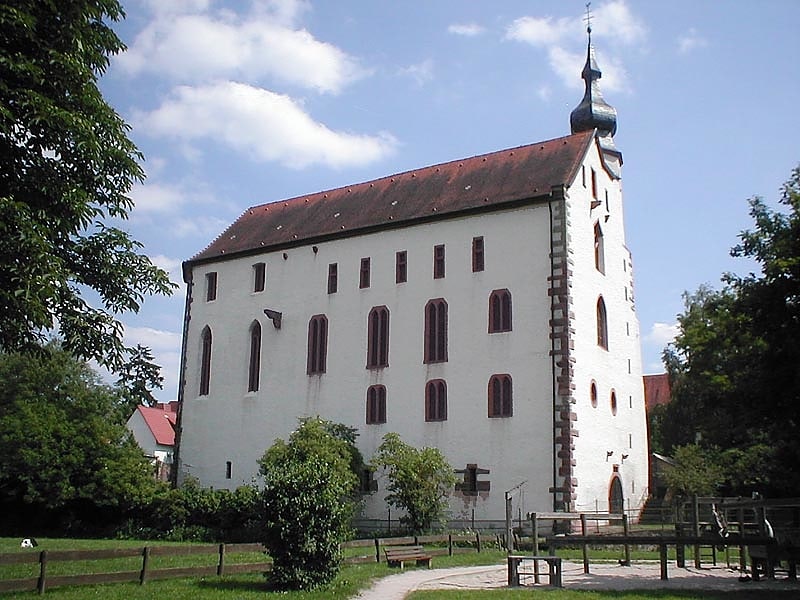
The Tempelhaus near the banks of the Neckar River in Neckarelz in Baden-Württemberg traces its origins to the medieval residential tower of a Johanniter castle once called Burg Elz. Called Tempelhaus since the late 16th century, it is the second oldest building in Mosbach after Lohrbach Castle and the only Johanniterburg in Baden-Württemberg to have been preserved in its authentic form. Among the art treasures of the building, which is used as a Catholic church, is the Conradus Stone, a gravestone dating from around 1300.
Address: Johannitergasse 2, 74821 Mosbach
Mosbacher Schloss
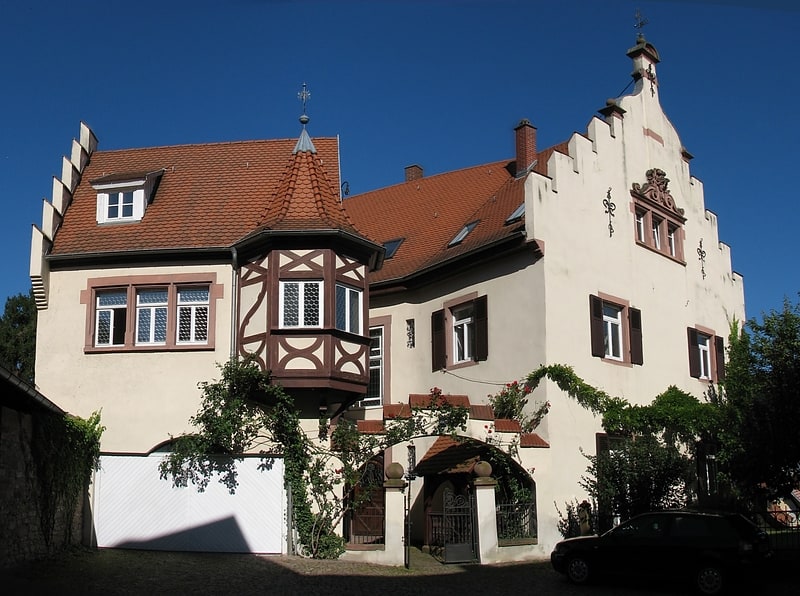
Forts and castles
Address: 28 Schloßgasse, Mosbach
Haus Kickelhain
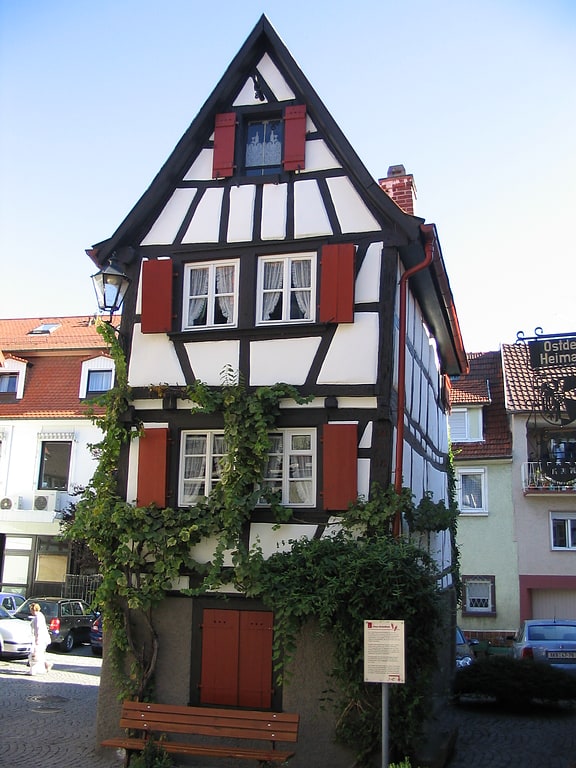
Haus Kickelhain at Harnischgasse 13 in Mosbach in the Neckar-Odenwald district in northern Baden-Württemberg is a historic half-timbered house. As an example of the living situation of past times, it is part of the Mosbach City Museum housed in the neighboring Old Hospital. The building is considered the narrowest half-timbered house in Mosbach and one of the smallest freestanding half-timbered houses in southern Germany in general.
Address: 13 Harrnischgasse, Mosbach
Palmsches Haus
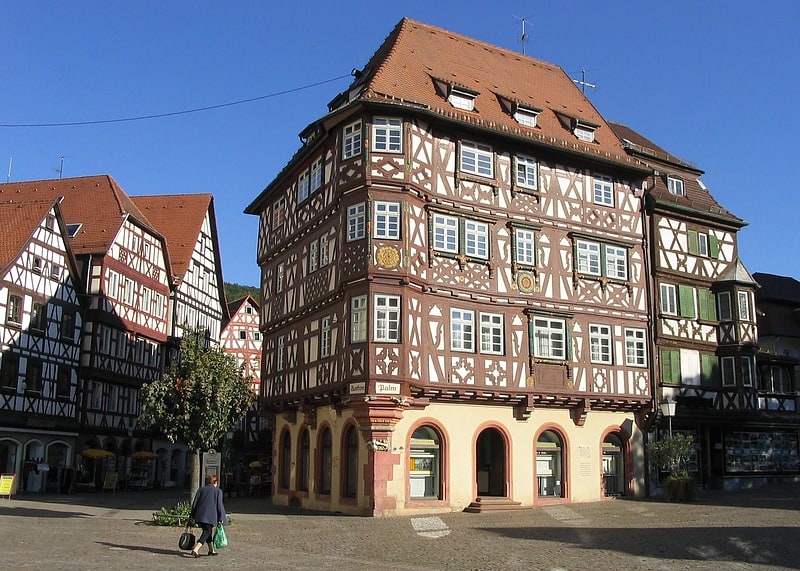
Palm's House on the market square in Mosbach in the Neckar-Odenwald district in northern Baden-Württemberg is the largest and most magnificent half-timbered house in the town.
Address: 46 Hauptstraße, Mosbach
Salzhaus

The Salzhaus is a half-timbered house in Mosbach in the Neckar-Odenwald district in northern Baden-Württemberg. It was built in 1424/25, making it the oldest half-timbered house in the town.
Address: 42 Hauptstraße, Mosbach
Bismarckturm Mosbach
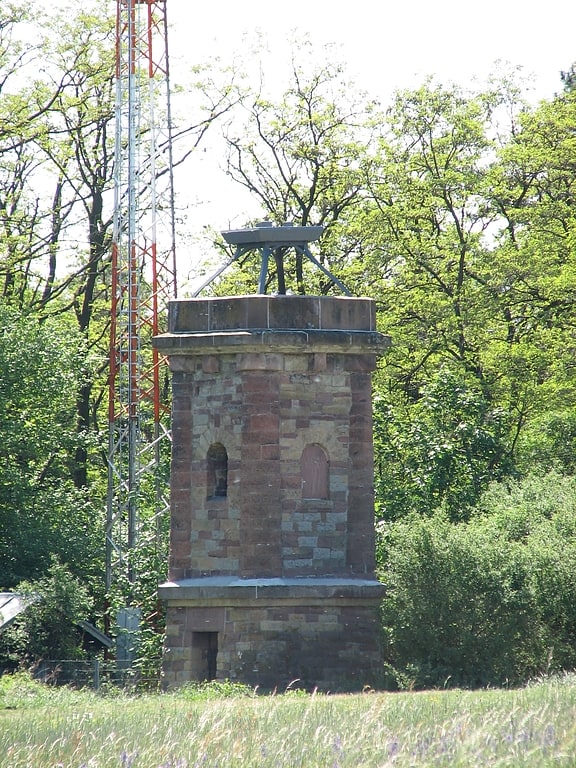
Tower
Kandelschussbrunnen

Fountain
DHBW Mosbach
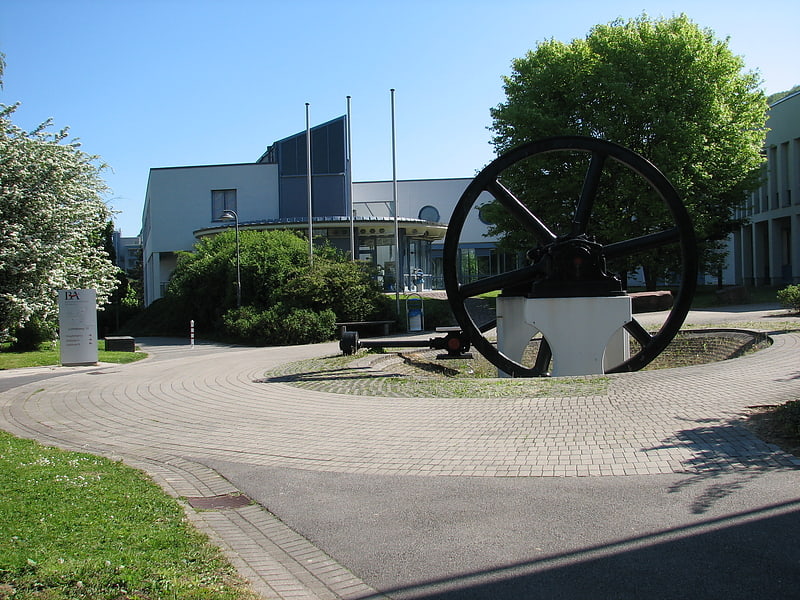
Also known as: Duale Hochschule Baden-Württemberg Mosbach
Higher educational institution in Mosbach, Germany. The DHBW Mosbach is a public institution of higher education in Germany that is part of the Duale Hochschule Baden-Württemberg, a network of cooperative colleges in which students alternate periods of academic study with periods of paid professional employment related to their major. Its main campus is in Mosbach and it also maintains locations in Bad Mergentheim and Heilbronn. It was founded in 1980 as Berufsakademie Mosbach and became a member of the newly created DHBW in 2009. It has about 3000 students.[3]
Address: Knopfweg 1/1, 74821 Mosbach